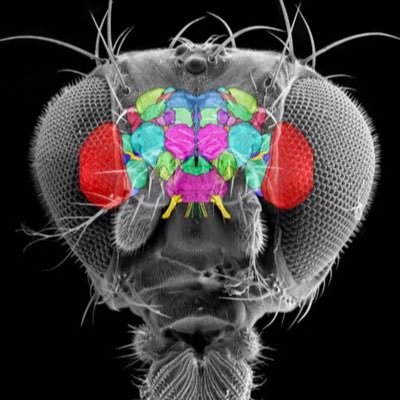
Overview
Recent advances in neuroscience have enabled researchers to visualize the activity patterns of up to thousands of neurons simultaneously. These experiments produce large 4-dimensional (time plus XYZ) or 5-dimensional (time plus XYZ plus multiple colors) image datasets capturing neurons changing in brightness as they become more or less active. Processing these datasets efficiently and accurately remains a significant bottleneck to unlocking the mysteries of the brain. This project is a collaboration with the Neuroengineering Lab, which will provide neuroimaging datasets from experiments investigating how the nervous system coordinates fast and precise movements of the limbs.
Objectives
- Develop a machine learning approach for identifying and reconstructing each individual neuron in multi-neuron 4D/5D neuroimaging datasets.
- Determine how to use neural dynamics (the time axis of the provided datasets) to improve neuron identification/reconstruction, because temporal information is ignored in many existing 3D U-net-based pipelines for cell segmentation.
Prerequisites
- Experience with machine learning in Python
- Preferably experience with image processing in Python
Contact
This project will be conducted in collaboration with the CVLab and Neuroengineering lab. Please contact [email protected].
References
[1] “Real-time volumetric microscopy of in vivo dynamics and large-scale samples with SCAPE 2.0” Voleti et al. 2021 Nature Methods: https://www.nature.com/articles/s41592-019-0579-4
[2] “CellSeg3D: self-supervised 3D cell segmentation for microscopy” Achard et al. 2024 bioRxiv: https://www.biorxiv.org/content/10.1101/2024.05.17.594691